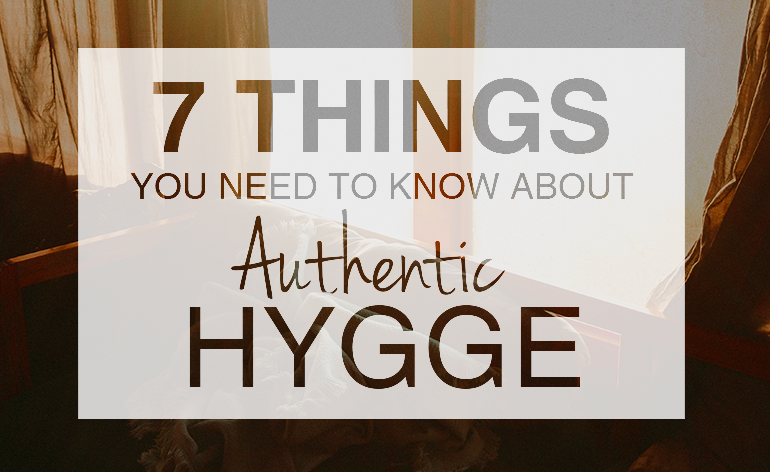Traveling allows you to get outside your comfort zone but that doesn’t mean you have to be constantly uncomfortable. No matter where you are in the world, it is important to take time to slow down and appreciate the present in a safe and relaxing way.
There’s actually a word for that.
You’ve probably been hearing the word “Hygge” thrown around a lot lately. Recently, there’s been a boom of books on the subject, hundreds of articles, and over four million Instagram posts using #hygge. Hygge is a huge part of Danish culture that has trickled its way across the globe in the last couple of years.
You might be skeptical of any trend derived from a country’s culture. How do you make sure you’re not buying into something inauthentic?
Let’s set the record straight. Here are 7 things you need to know about what’s really Hygge:
1. How to say it.
It is a Danish word pronounced somewhere between hoo-ga and hue-ga. Say it out loud, it’s fun.
2. What it is.
There is no direct English translation. A Google search will tell you that Hygge means coziness, but it is more of an atmosphere or feeling. This could be inviting friends over to bake cookies or sitting on your couch alone with a good book. It’s about what makes YOU feel safe and comfortable.

3. Hygge is a noun and an adjective.
Hygge is the concept of coziness, but it is also used by Danish people to descript things. For example, saying something is hyggelig means it has the essence of Hygge.
4. Hygge is not a trend.
No matter what you read about it online, Hygge has been a defining part of Danish culture for centuries and it’s not going anywhere.
5. Hygge is a feeling, not a consumer product.
No matter what advertisers tell you, you don’t need to buy anything to experience Hygge. Hygge is not about having certain things or aesthetic. Pictures associated with Hygge often showcase trendy décor and clothing. In actuality, Hygge is about togetherness and familiarity, things you can’t buy.

6. It doesn’t need to be wintertime to experience Hygge.
Denmark is cold, but that’s not a crucial factor when it comes to Hygge. Hygge can be sitting on your front porch on a hot summer night, or watching the stars while having a bonfire.
7. Hygge makes you happier.
There is a reason Denmark has one of the happiest populations in the world. It makes sense; spending time with people you love, and indulging in what makes you happy, and appreciating the little things are all contributing factors to a healthy, balanced life.

Leave a Reply